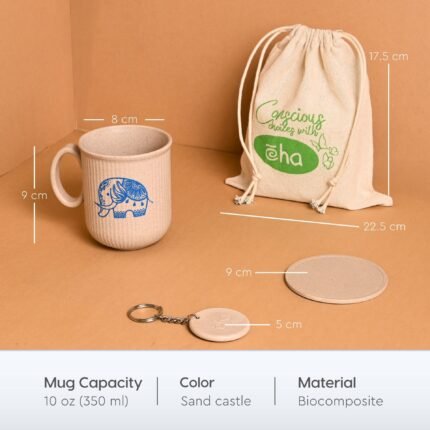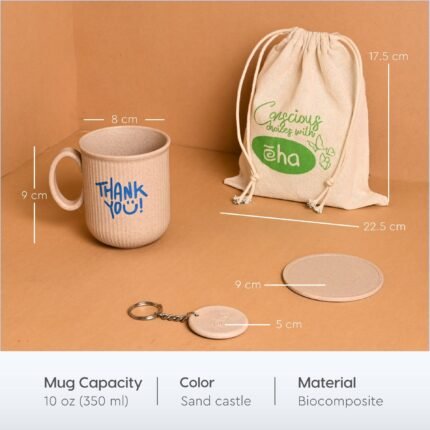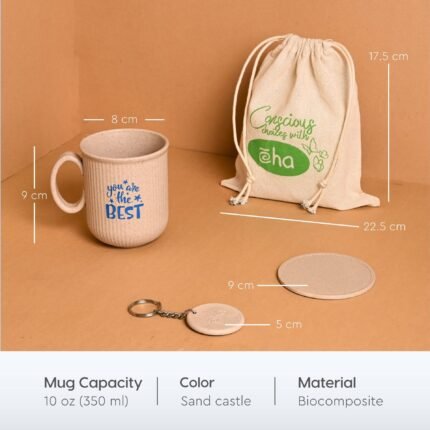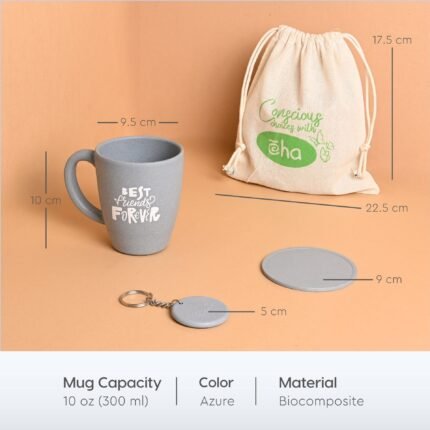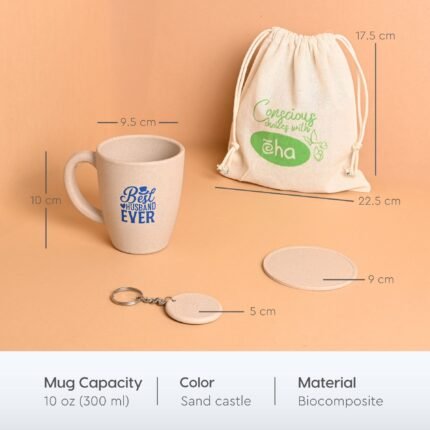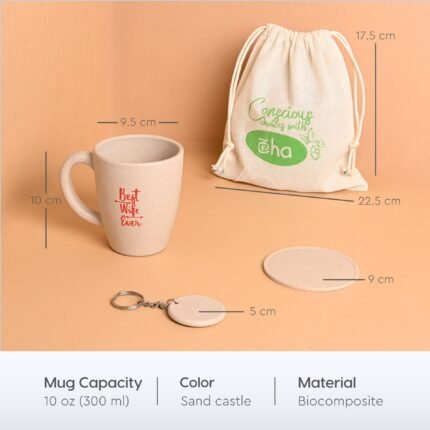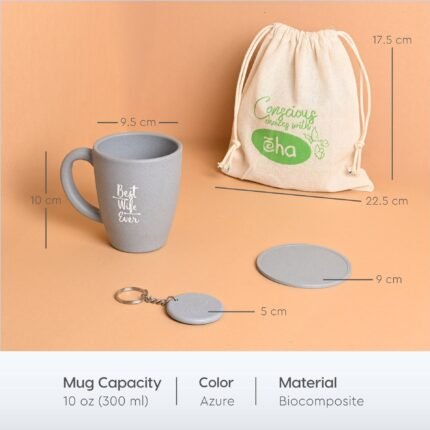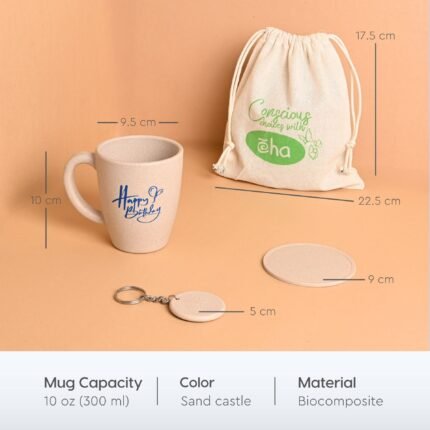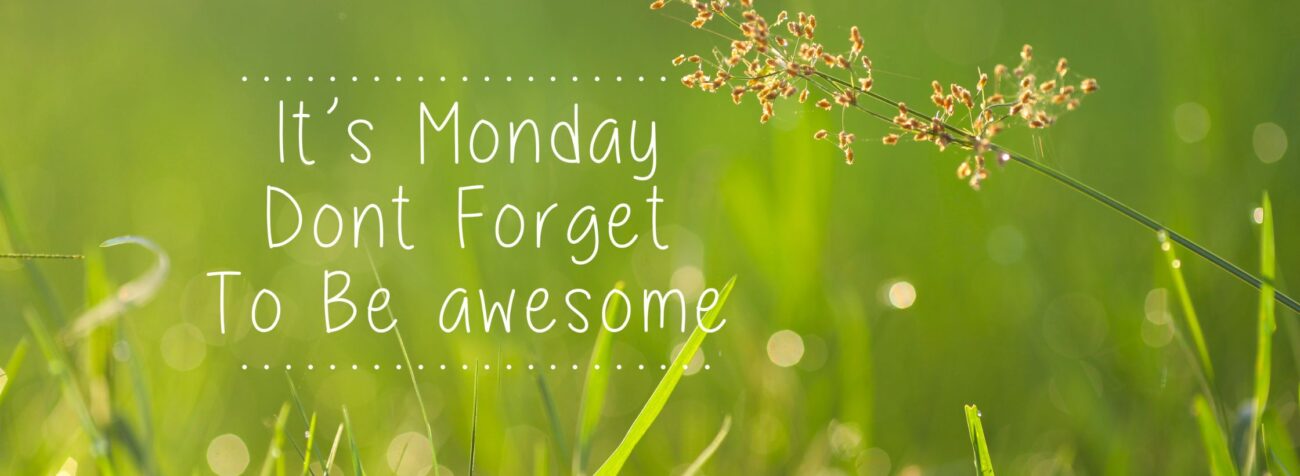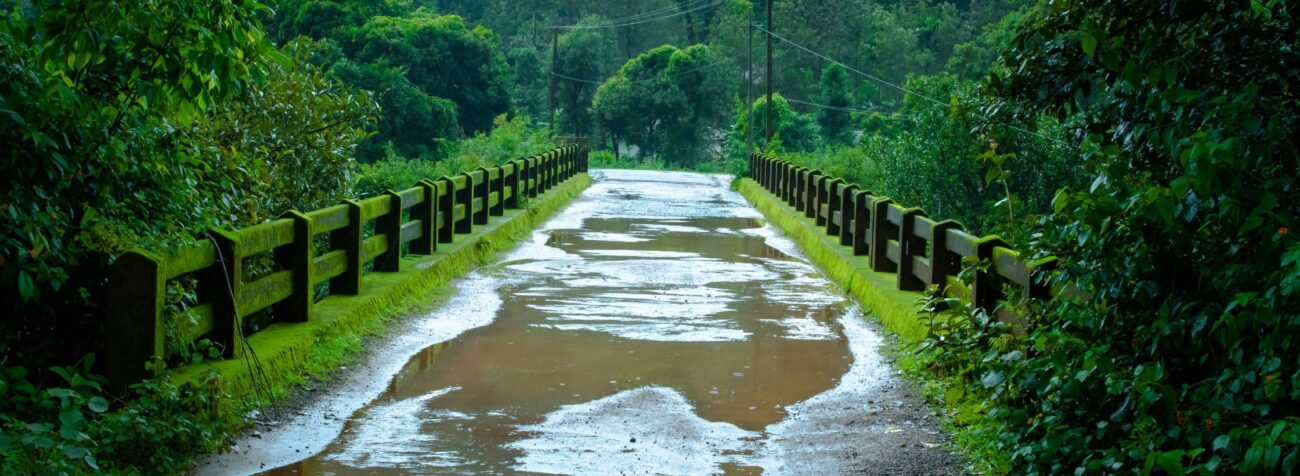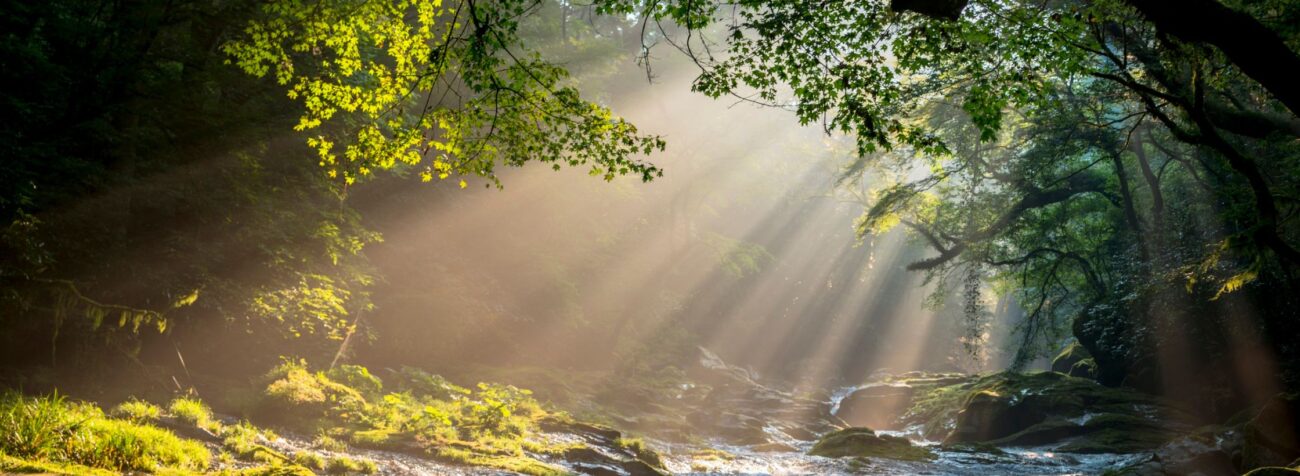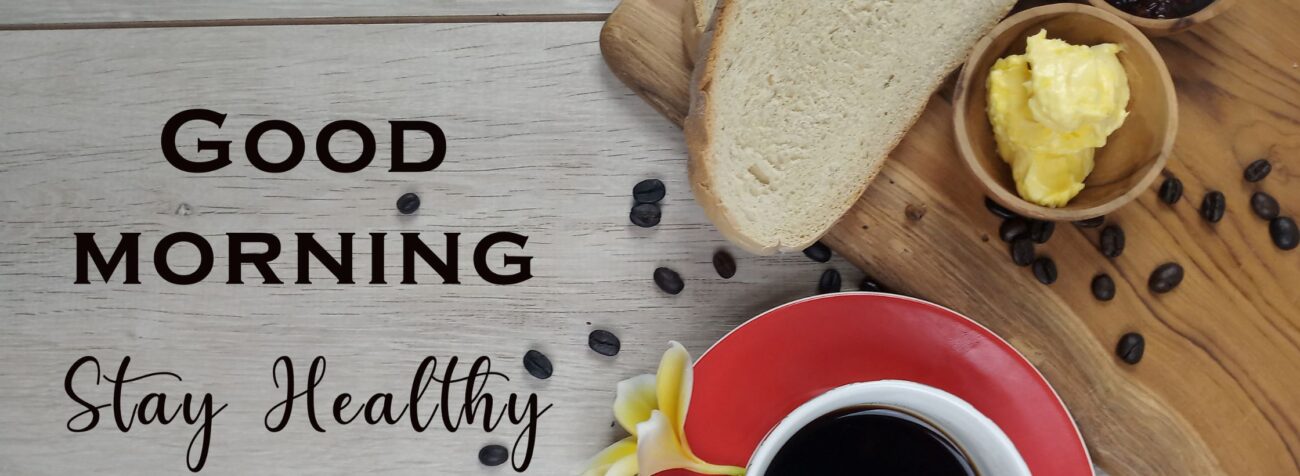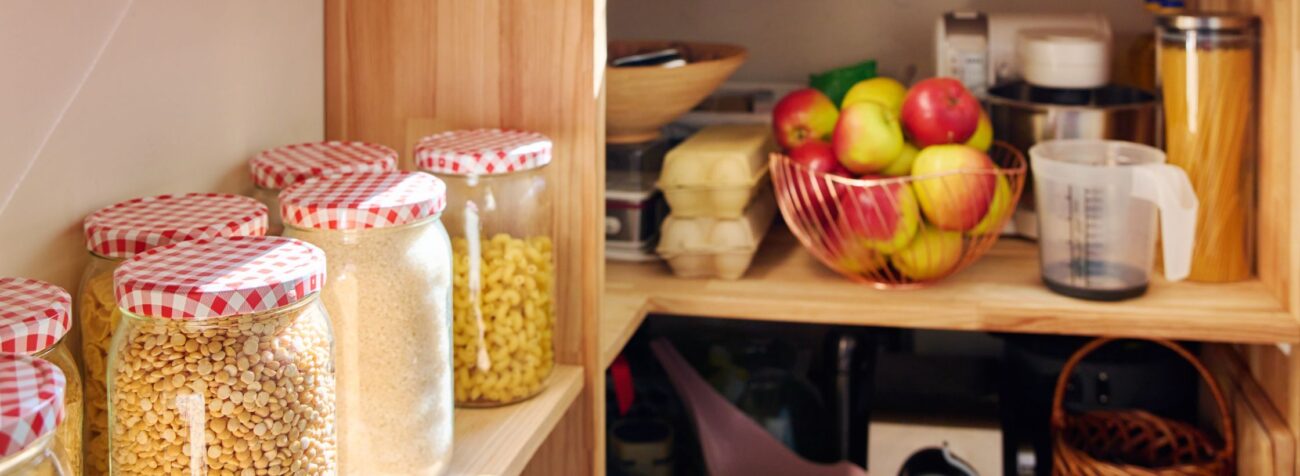Spotlight on Space: Celebrating Asteroid Day
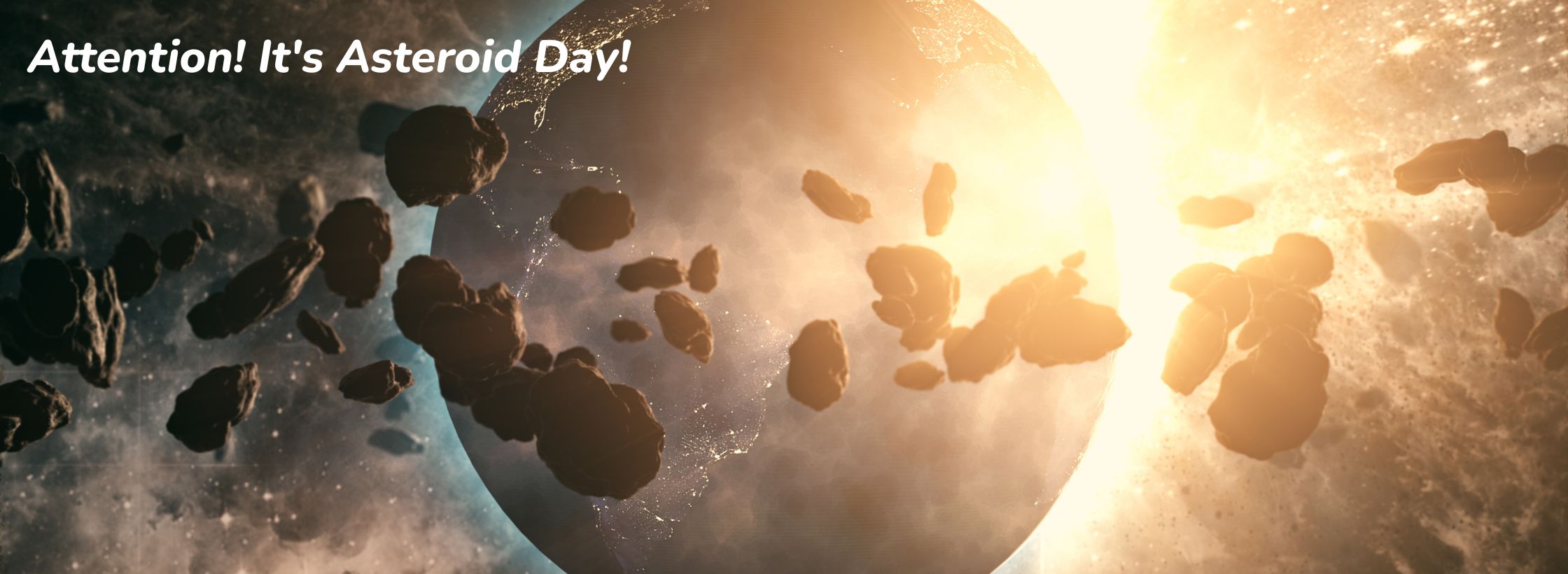
Spotlight on Space: Celebrating Asteroid Day
Asteroid impacts, while rare for significant events, have played a crucial role in Earth’s geological and biological history.
Ever looked up at the night sky and wondered what’s out there? Beyond the twinkling stars and familiar moon, our solar system is a bustling place, filled with all sorts of cosmic objects. Sometimes, when you hear about something like an asteroid passing close to Earth, it might make you wonder, “Are we safe? What if one actually hit?” These are totally valid questions! It’s natural to feel a mix of curiosity and perhaps a tiny bit of worry when you think about giant rocks hurtling through space.
That’s why Asteroid Day is so important. It’s not about fear-mongering; it’s about raising awareness, promoting education, and encouraging global cooperation to protect our planet from potential asteroid impacts. It’s a day to appreciate the science and the incredible efforts being made by organisations like Asteroid NASA to keep an eye on these celestial wanderers. Think of it as a global effort to keep Earth safe, one space rock at a time.
What is Asteroid Day, Anyway?
You might be asking, “Why do we even need an Asteroid Day?” Well, the idea for Asteroid Day came about to mark the anniversary of the Tunguska event in 1908. That’s when a large asteroid or comet exploded over Siberia with the force of a very big atomic bomb, flattening millions of trees over a massive area. Luckily, it happened in a very remote place, but it was a stark reminder of what could happen.
Since then, scientists and space agencies have been working tirelessly to identify and track Near-Earth Objects (NEOs). Asteroid Day serves as a global platform to:
Educate the public: Help people understand what asteroids are, where they come from, and why studying them is important.
Promote research: Encourage more investment and collaboration in asteroid detection, tracking, and deflection technologies.
Inspire future generations: Get kids and young adults excited about space science and engineering, perhaps leading to the next big breakthrough!
It’s all about proactive measures, not reactive panic. And honestly, the work done by groups like Asteroid NASA is truly fascinating.
More Than Just Rocks: Asteroids and Us
When we talk about an asteroid, we’re not just talking about a lifeless rock. These ancient relics from the early solar system hold clues about how our planets formed, and some even contain valuable resources. Imagine if we could one day mine an asteroid for metals or water – that’s something scientists are actually exploring! This kind of forward-thinking aligns beautifully with our own values around conserving resources here on Earth. Just as we seek to minimize waste and reuse materials, exploring off-world resources could be a part of a sustainable future for humanity.
You might also hear about “meteor showers” or “shooting stars.” These are often tiny bits of comets or asteroids burning up in our atmosphere, creating those beautiful streaks of light. It’s like a tiny, harmless asteroid rain, a cosmic spectacle that reminds us of the vastness and dynamism of space.
Connecting Space to Your Space: Sustainable Living on Earth
You might be wondering, what does an asteroid and space exploration have to do with the products you use every day in your home or office? It’s a great question! At its heart, both revolve around the concept of durability, innovation, and long-term thinking – whether it’s protecting our planet from cosmic impacts or protecting our planet through sustainable living.
Just as space agencies like Asteroid NASA work to ensure a safe future, we believe in supporting a green economy right here on Earth. Our products are designed not just for beauty and utility, but also with an eye towards sustainability and reducing our carbon footprint.
Tableware for Future Generations: Our eco-friendly tableware sets, crafted from durable ceramics or biomaterials like bamboo, aren’t just for today’s meals. They’re built to last, reducing the need for constant replacement. This embodies the spirit of a circular economy, where products are designed for longevity and minimal waste. Imagine passing down a favorite mug, much like a timeless story.
Storage Solutions: Organizing for a Greener Tomorrow: Just like space missions require meticulous storage and organisation, our homes benefit from thoughtful solutions. Our airtight glass containers for food, or decorative baskets made from upcycled fabrics, help you reduce food waste and minimize plastic use. This small act of preventing waste contributes directly to climate action and helps us all conserve resources. Perhaps, one day, we’ll have equally clever storage solutions for space habitats!
Pots and Planters: Nurturing Life, One Plant at a Time: While you can’t grow plants in space (yet, without a lot of tech!), you can certainly grow them right here on Earth in our eco-friendly pots and planters. Many are made from recycled plastics or materials that help prevent crop-burning, contributing to cleaner air. Nurturing a plant is a tangible way to connect with our planet and appreciate the life it sustains, something we might take for granted when thinking about an asteroid in the vast emptiness.
Cups and Mugs: Your Daily Dose of Sustainable Choices: From your morning coffee to an evening herbal tea, our cups and mugs are designed for repeated use, embodying the principle of reuse. Crafted from recycled glass or under fair trade conditions from ceramic, they’re a conscious choice against single-use plastics. Every sip from one of these is a small contribution to a healthier planet, a reminder that everyday decisions add up, much like the cumulative efforts of scientists tracking every potential asteroid.
Asteroid NASA and the Global Watch
The world’s space agencies, especially those like Asteroid NASA, are like Earth’s watchful guardians. They use powerful telescopes and sophisticated calculations to map out the paths of countless asteroids, giving us a clearer picture of what’s out there. This isn’t just about spotting the big ones; it’s about understanding the entire population of NEOs, even the smaller ones that could cause regional damage.
There’s a lot of exciting research happening too, including concepts for deflecting an asteroid if one were ever found on a collision course with Earth. It’s mind-boggling stuff, but it shows the power of human ingenuity when we work together. This spirit of global cooperation and long-term vision is something we can all learn from and apply to our daily lives, particularly when it comes to living sustainably.
Beyond the Headlines: What You Can Do
So, on Asteroid Day, what can you do? While you might not be launching rockets, you can still contribute to a brighter, safer future.
Learn More: Take a few minutes to read up on asteroids and space exploration. Sites like NASA and the Asteroid Day official website have tons of accessible information.
Support Sustainable Practices: Choose products that align with a green economy and promote circular economy principles. Every purchase of a durable, reusable item sends a message.
Share Knowledge: Talk to your friends and family about what you’ve learned. Spreading awareness about both space safety and sustainable living helps everyone.
It’s amazing how a single day dedicated to an asteroid can spark conversations about science, safety, and our shared future. Just like we trust organisations like Asteroid NASA to keep an eye on the skies, we can all contribute to making our home planet a safer, more sustainable place. Let’s celebrate the big picture and the small steps we take every day. What little bit of space wonder will you bring into your home today?












